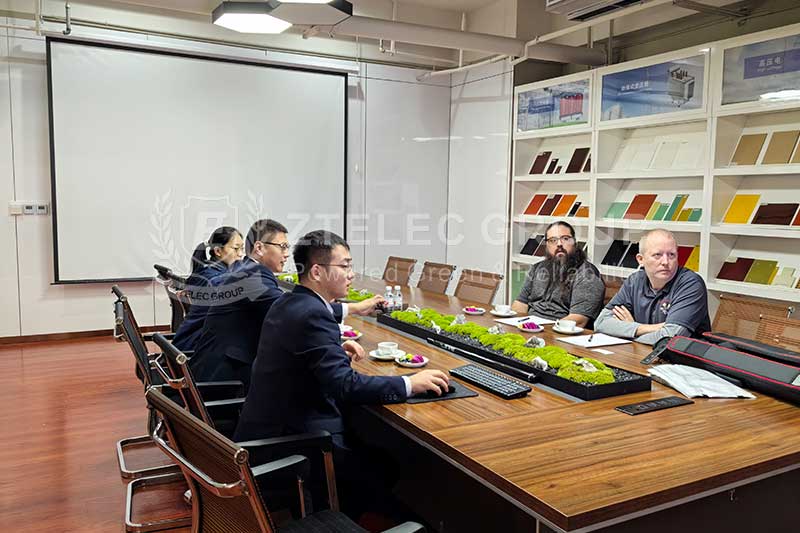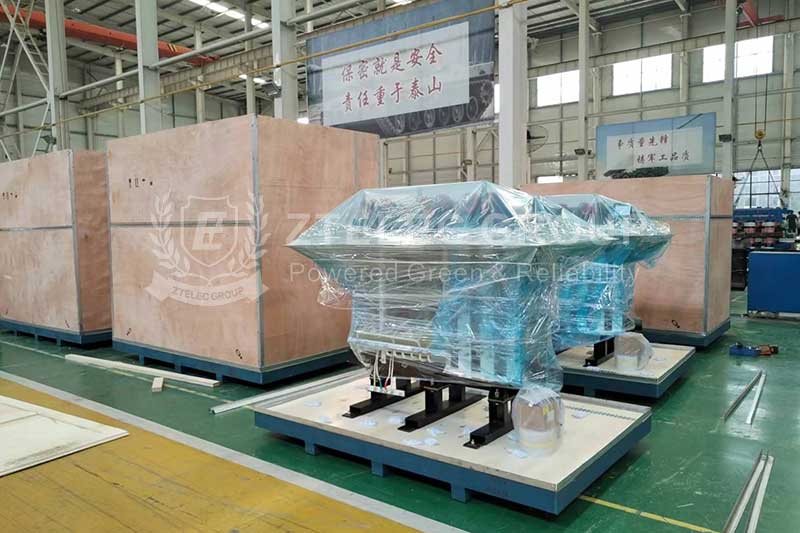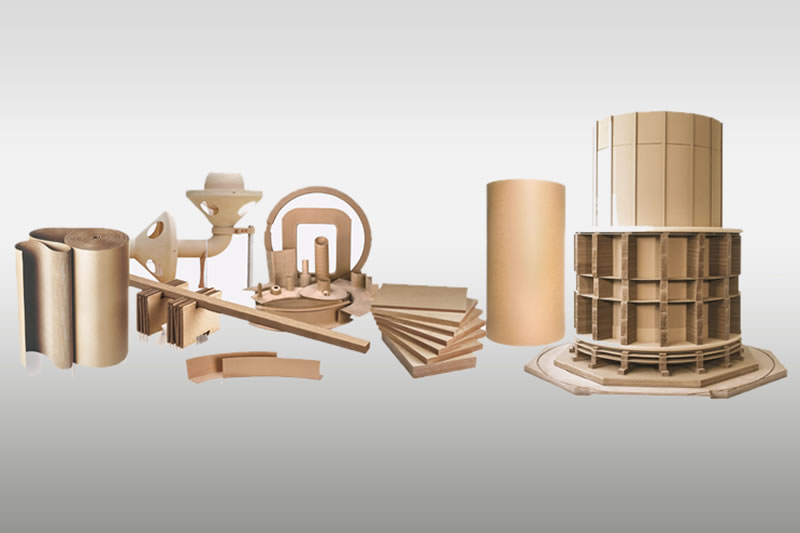Classification of insulating materials
Type of insulating material:
In nature and artificial environment, there are a lot of insulating materials, such as insulating sleeve, insulating paper, laminate sheet, rubber, plastic, paint, glass, ceramics, mica and so on. Usually paper, wood, and rubber materials are insulation materials. Insulation board is made of rubber insulating material, and there should be no harmful irregularities on the upper and lower surfaces of insulation pads. Different thickness of insulation board to the voltage level is also different. If the thin insulation board is used in high voltage environment, it will break down. And the heat resistance grade of insulation board made of rubber is relatively poor, which is determined by the characteristics of rubber, only below 100 degrees Celsius.
There is also a plastic insulation board. Plastic is a synthetic polymer compound, it can freely change the shape of the form. Plastics are materials made of monomer raw materials by synthesis or condensation reaction polymerization. It is composed of synthetic resin and fillers, plasticizers, stabilizers, lubricants, colorants and other agents. Its main component is synthetic resin. There is also a kind of epoxy board, which is made of epoxy fiberglass cloth with epoxy resin as binder. Epoxy sheets can be used to make multilayer circuit board, like FR4 fiberglass sheet and G10 material.

Insulation material grade:
There are seven heat resistance grades for insulation materials, from lowest to highest, which are Y, A, E, B, F, H, C. Grade Y is the lowest grade and the allowable operating temperature is 90 degrees Celsius. It refers to the insulating structure made of unimpregnated cotton yarn, silk, paper and other materials or their compositions. The maximum allowable temperature of Class A is 105 ℃. It refers to the insulating structure composed of cotton yarn, silk and paper or their compositions in transformer oil. The maximum temperature of grade E is 120 degrees Celsius. It refers to the insulating structure composed of the composition of synthetic organic film, synthetic organic enamel and other materials. The highest grade is grade C, with the maximum allowable temperature above 180 degrees Celsius, and refers to the insulating structure of resin bonded or impregnated, coated mica, glass fiber, and unimpregnated mica, ceramic, quartz and other materials or compositions thereof.
- more+releated article
- 2025-12-13How to Select and Use Phenolic Cloth-base Lami
- 2025-12-13How Much Does Bakelite Sheet Cost? 2025 Price
- 2025-12-13Why are most 3240 epoxy boards yellow?
- 2025-12-13What are the Main Applications of FR4 Epoxy Bo
- 2025-12-13Why Does the Price of Insulating Paperboard Va
- 2025-12-13Heat-Resistant DDP Insulation Paper
- 2025-12-13Comparison of Heat-Resistant DDP Insulating Pa
- 2025-12-13G10 and FR4 Epoxy Boards: Commonly Used for Ge
- 2025-12-13The Price of Heat-Resistant DDP Insulation Pap
- 2025-12-13How to Choose Epoxy Laminate Materials for Gen





